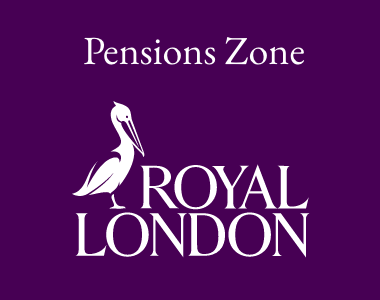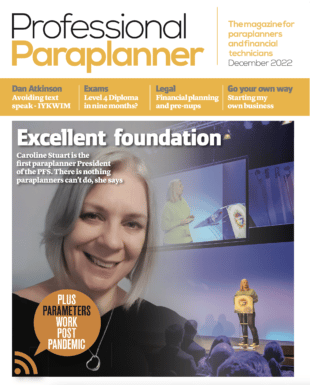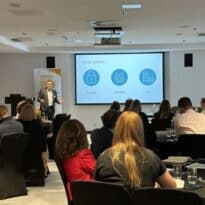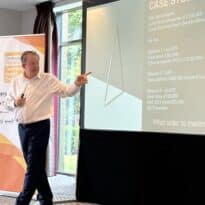A fifth of under 40s will be dragged into paying higher or additional rate tax by 2027/28 as a result of the government’s frozen income tax thresholds.
A Freedom of Information request by Quilter shows that HMRC expects 4.1million under 40s to pay more tax, with 3.6 million expected to fall into the higher rate of income tax by the 2027/28 tax year and a further half a million brought into the additional rate.
The Office for National Statistics estimates there are 19.2 million people aged 18-39 in the UK, meaning just over a fifth of those under 40 will be impacted by the fiscal drag effect of frozen thresholds.
With Labour recently unveiling a £20 billion black hole in public sector finances, Quilter said it looks likely that it will use its first Budget in the autumn as an opportunity to “raid the pockets of taxpayers” to help plug it.
Rachael Griffin, tax and financial planning expert at Quilter, said: “Frozen income tax, which show no signs of thawing under the new Labour government, were initially introduced in the 2021-22 tax year until 2025-26 and were expected to create a total of just one million more higher rate taxpayers in this time. Now, however, thanks to the extension of the frozen thresholds to the 2027-28 tax year, coupled with higher wages which increased in an attempt to keep up with high inflation, those aged under 40 are expected to more than quadruple the initial target alone.
“These frozen thresholds have given a significant boost to government coffers, but with public finances in their current state Labour will no doubt be quietly grateful.”
Griffin said those navigating the shift into a higher tax bracket will require a strategic approach to financial planning to help mitigate their tax liability. She said that pension contributions can be “particularly advantageous” for higher rate taxpayers, with the majority of people able to pay up to £60,000 into their pension each year, helping to reduce taxable income considerably.
Maximising the ISA allowance for investments can also be another way of mitigating any tax liability on investments, with investors given an annual limit of £20,000 for the 2024/25 tax year.
Similarly, the marriage allowance can be beneficial for married couples or those in a civil partnership where one partner has unused personal allowance as they can transfer up to 10% of this to their spouse to help shield more of the household income from tax.
Salary sacrifice can be another useful tool, says Griffin, in helping to save money on purchases such as protection policies.
Griffin added: “Moving into a higher tax bracket in the UK presents both challenges and opportunities. By understanding the implications on allowances, capital gains, savings, and investments, and by strategically planning your finances, you can manage your tax liabilities effectively while continuing to grow your wealth.
“It’s important to note that while there are strategies to potentially bring your taxable income below the higher rate threshold, such as maximising pension contributions, this may not always be feasible or sufficient for everyone. Factors such as your overall financial situation, long-term goals, and the amount by which your income exceeds the threshold will influence the effectiveness of these strategies.”































